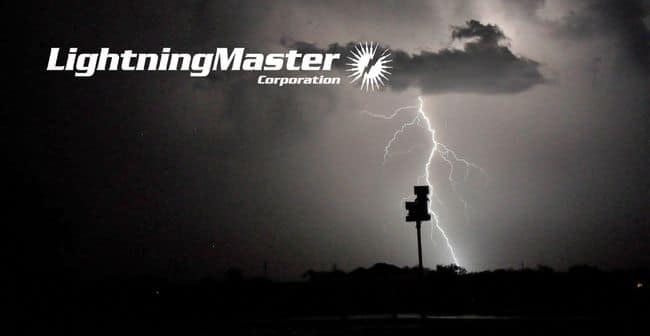How to educate your employees about the danger of lightning strikes and how to protect themselves.
Lightning is a potentially dangerous natural force. Even though the incidence of lightning strikes is highly dependent on factors such as location and climate, no place on earth is particularly safe, especially in certain parts of the United States, where about 40 million lightning strikes hit ground each year.
Although the Occupational Health and Safety Act doesn’t yet have regulations specific to lightning hazards, it’s important for employers to recognize lightning for the occupational hazard it is. Doing so ensures the necessary precautions are taken to minimize or prevent lightning exposure to workers.
The odds of being struck by lightning are incredibly low, but some factors can put your workers at greater risk. A risk analysis should also be conducted to assess the risk of lightning, especially in industries where personnel are subjected to work outdoors i.e. Oil & Gas, petrochemical, telecommunications etc.
Lightning Emergency Planning and Preparedness
The danger is that lightning can strike with little to no warning. Employers should have procedures in place to manage the risks associated with lightning strikes. As such, your organization’s Emergency Action Plan (EAP) should include procedures for lightning safety.
The lightning safety protocol should:
- Stipulate a person in charge of checking weather reports, internet and radio forecasts, and emergency notifications regarding severe weather activity and thunderstorms.
- Inform supervisors and workers as to the safety protocols that should be undertaken upon hearing thunder or any other warning signs of approaching lightning activity
- Identify locations and requirements for safety shelters
- Account for the time required for workers to reach safety when determining response times
Lightning Safety Tips for Workers
There are a few fundamental things your employees need to understand about lightning:
- If you hear thunder, then lightning is close enough to strike you
- NO PLACE outside is safe when a thunderstorm is underway
- Rubber-soled shoes and rubber tires do not provide protection from lightning
With the above in mind, here are some best practices to help your workers stay safe during lightning storms.
Safety precautions outdoors
- Seek shelter in buildings, stay away from windows and outdoors, and remain in the shelter for at least 30 minutes after the thunderstorm ends. If a safe indoor structure is not immediately accessible, use a hard-topped metal vehicle as shelter.
- If you’re caught in an open area, act quickly to find shelter. Crouching low on the ground can reduce your chances of being struck by lightning but does not eliminate the danger. That said:
- Never lie flat on the ground
- Never seek shelter under an isolated tree
- Never use a rocky overhang for shelter
- Avoid isolated tall trees, hilltops, cellphone towers, rooftops and utility poles and move away from any tall objects.
- Avoid wiring, plumbing, power lines, and any other metal masses that could conduct electricity.
- If you’re driving, exit the road you’re on and park in a safe location. Do not leave the vehicle for any reason until the storm subsides.
- If your skin tingles or your hair stands on end, a lightning strike may be imminent – take cover now
Safety precautions indoors
- Avoid using electronic equipment of all types as lightning current can travel through electrical systems and radio and television reception cords.
- Avoid contact with water during a thunderstorm as lightning current can travel through plumbing.
- Avoid using corded phones, except in the case of an emergency.
Protecting Your Employees with Lightning Protection Systems
Ultimately, the best way to protect your workers is by installing lightning protection systems that includes surge protection. At Lightning Master, provide a three prong approach for protecting your assets and personnel when it comes lightning protection. This approach includes:
-
Bonding and grounding
Bonding of all electrical conductors and metallic masses and bringing them to the same electric potential to minimize the risk of arcing. Since lightning is very high frequency, it’s crucial to provide a low impedance path to discharge the current, and this is done by grounding the bonded systems.
-
Static and surge protection
A lightning strike miles away may damage electrical systems and compromise critical equipment by way of transient currents and voltages. As such, surge protection devices are crucial to protecting these systems from damage.
-
Structural lightning protection
A system that includes air terminals and down conductors form the structural lightning protection system. Ask us how our streamer delaying air terminals work to reduce the likeliness of a direct strike to your facility.
A lightning strike isn’t only a risk to workers. It can also cause extensive damage to structures, equipment, and electronic systems.
Contact Lightning Master for More Information About Our Lightning Protection Systems
Contact us today to see how we can best protect your workers, assets, and facilities from the risks associated with lightning strikes. (800) 749-6800 (please link “Why install structural lightning protection on a process control plant).


